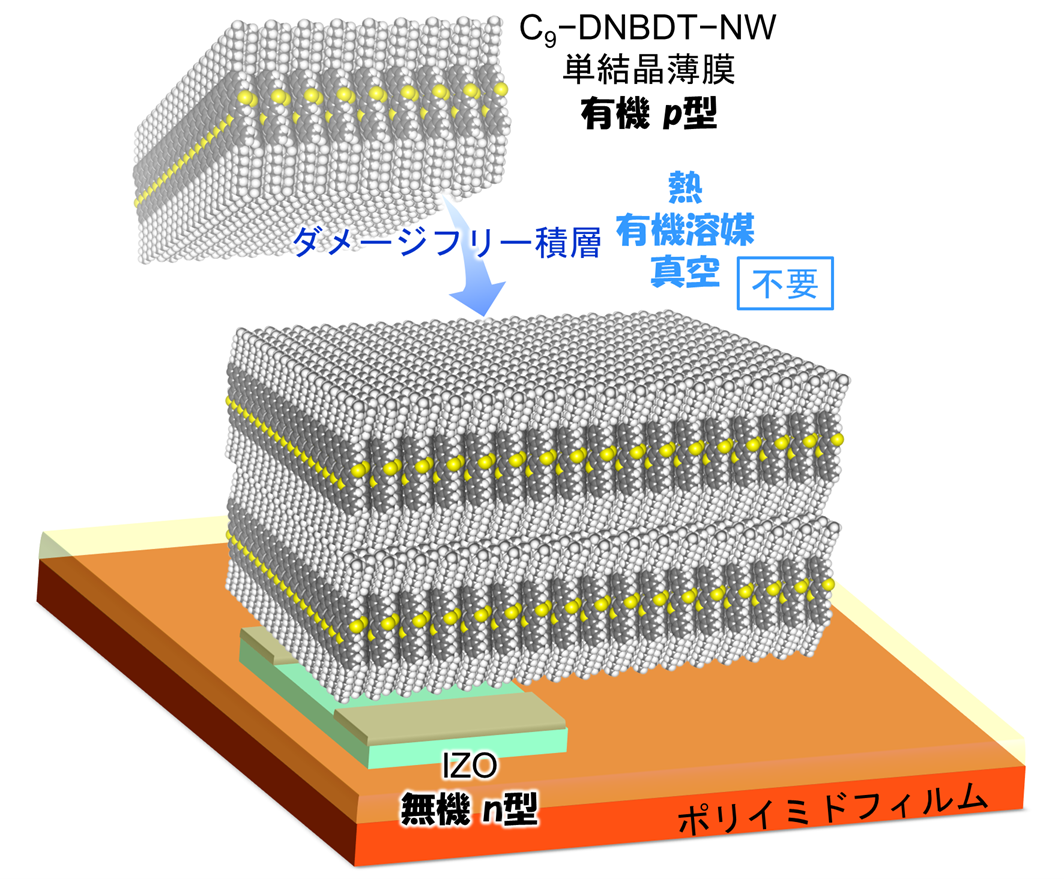南極大陸の広大で世界的に重要な地域の広範な崩壊は、現時点では避けられないものではないことが、新しい研究によって示唆された。 Widespread collapse of a vast and globally important region of Antarctica is not inevitable at present, new research suggests.
2023-01-27 エディンバラ大学
◆研究者らは、世界の海面を3.3メートル上昇させるのに十分な氷を含む氷床が後退を続ける一方で、2003年から2015年にかけて、最も脆弱な地域全体で融解のペースが鈍化したことを明らかにしました。融解のペースが鈍化したのは、周辺の海水温の変化によるもので、その変化は沖合の風条件の変動によって引き起こされたとのことです。
◆この氷床には、広大で不安定なパイン・アイランド氷河とスウェイツ氷河がある。1990年代初頭から、この地域の氷の融解と後退が急激に加速していることが観察されており、これは過去100年間の人為的な気候変動が一因であると考えられている。これまでの研究では、この現象は氷床全体の不可逆的な崩壊の始まりであり、今後の気候の変化とは無関係に崩壊が進むと考えられてきた。
◆海洋氷床があるティッピングポイントを超えると、それが暴走を引き起こすという考え方は広く報告されている。にもかかわらず、現在進行中の気候の変化が、西南極の海岸線全体の氷の減少をどの程度まで規制しているのか、疑問が残る。結局のところ、私たちの発見は、気候と南極の最も脆弱な氷河の振る舞いの間に、依然として密接な関係が存在することを示しています。このことは、現在のところ、氷河の後退が避けられないわけではないことを示唆しています。私たちは、積極的に炭素排出を抑制すれば、西南極の氷の減少を緩和することができるのです。
◆研究チームは、衛星観測データを用いて、2003年以降の氷床の変化について、地域ごとの明確な差異を発見しました。アムンゼン海周辺の氷床後退の速度は、隣接するベリングスハウゼン海周辺の後退が加速したのに比べ、著しく遅くなった、と研究チームは述べている。新たに入手した気候と海洋の記録を用いて、これらの違いを沖合の風の強さと方向の変化と関連づけた。
◆西南極の沖合にある氷に覆われた海域は、西からの偏西風にあおられている。この風が強くなると、海洋深部から暖かく塩分の多い海水が湧き上がり、南極の海岸線に到達して氷の融解速度が速くなる、と研究チームは述べている。しかし、アムンゼン海セクターの沖合では、2003年から2015年にかけてこの風の強さが弱まり、海岸線に到達するこの深海の暖かい水の量が少なくなったことを研究者は示している。研究者らは、風が弱くなった原因として、沖合に位置するアムンゼン海低気圧の異常な低下を挙げている。
◆本研究は、学術誌「Nature Communications」に掲載されています。
<関連情報>
- https://www.ed.ac.uk/news/2023/antarctic-ice-retreat-slowed-by-ocean-changes
- https://www.nature.com/articles/s41467-022-35471-3
10年ごとの気候変動が太平洋側西南極に沿った氷の応答の違いを誘発する。 Inter-decadal climate variability induces differential ice response along Pacific-facing West Antarctica
Frazer D. W. Christie,Eric J. Steig,Noel Gourmelen,Simon F. B. Tett & Robert G. Bingham
Nature Communications Published:16 January 2023
DOI:https://doi.org/10.1038/s41467-022-35471-3

Abstract
West Antarctica has experienced dramatic ice losses contributing to global sea-level rise in recent decades, particularly from Pine Island and Thwaites glaciers. Although these ice losses manifest an ongoing Marine Ice Sheet Instability, projections of their future rate are confounded by limited observations along West Antarctica’s coastal perimeter with respect to how the pace of retreat can be modulated by variations in climate forcing. Here, we derive a comprehensive, 12-year record of glacier retreat around West Antarctica’s Pacific-facing margin and compare this dataset to contemporaneous estimates of ice flow, mass loss, the state of the Southern Ocean and the atmosphere. Between 2003 and 2015, rates of glacier retreat and acceleration were extensive along the Bellingshausen Sea coastline, but slowed along the Amundsen Sea. We attribute this to an interdecadal suppression of westerly winds in the Amundsen Sea, which reduced warm water inflow to the Amundsen Sea Embayment. Our results provide direct observations that the pace, magnitude and extent of ice destabilization around West Antarctica vary by location, with the Amundsen Sea response most sensitive to interdecadal atmosphere-ocean variability. Thus, model projections accounting for regionally resolved ice-ocean-atmosphere interactions will be important for predicting accurately the short-term evolution of the Antarctic Ice Sheet.


